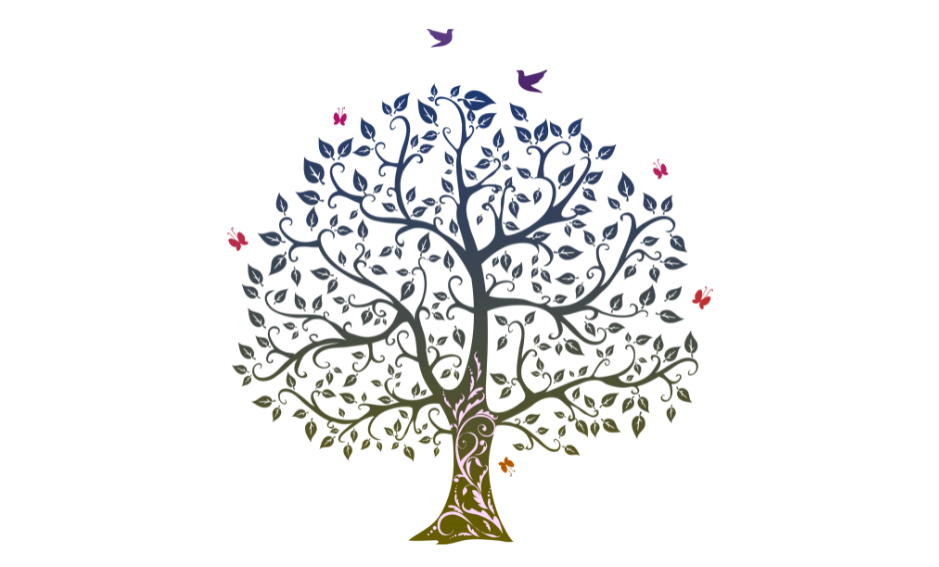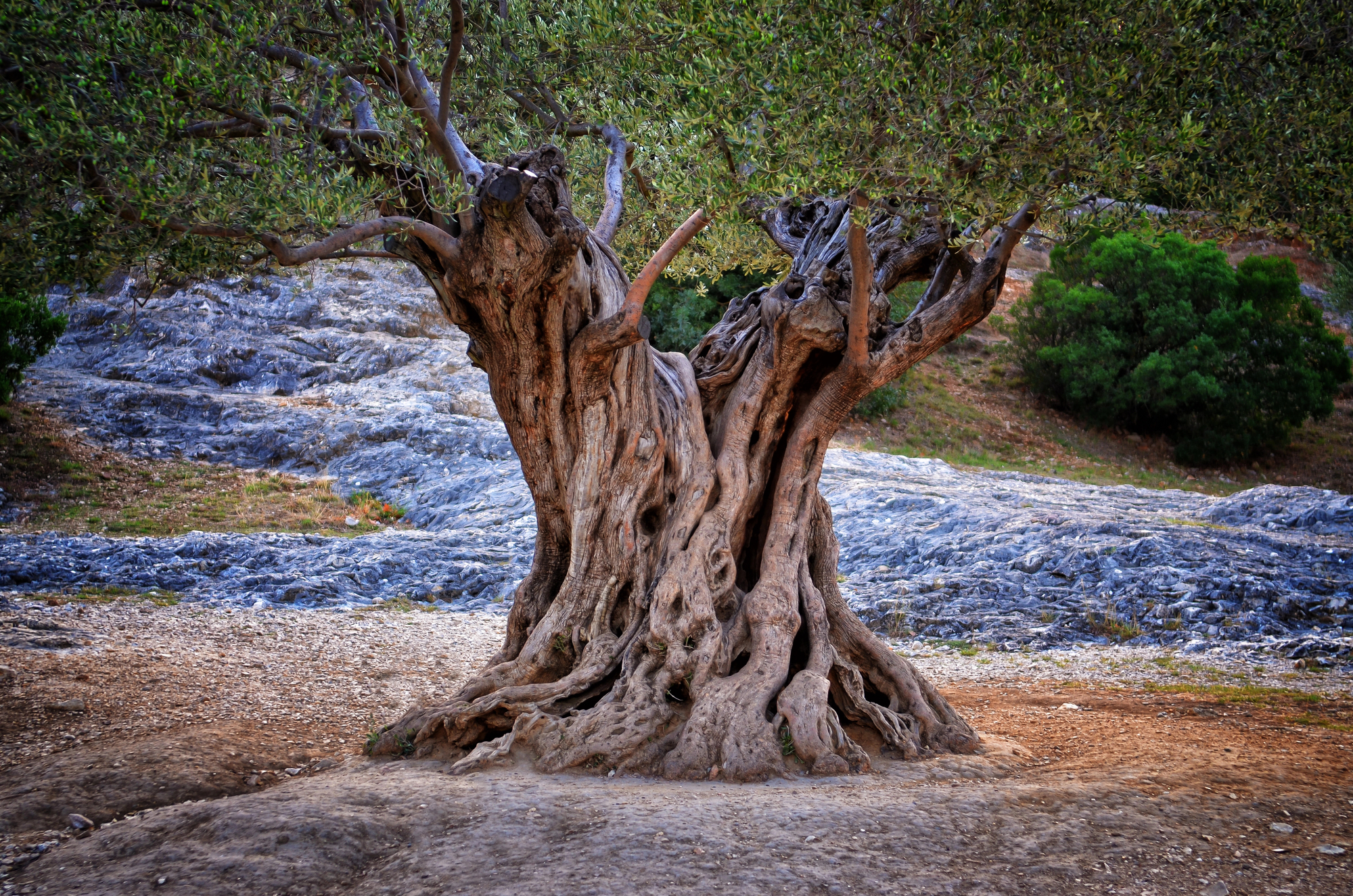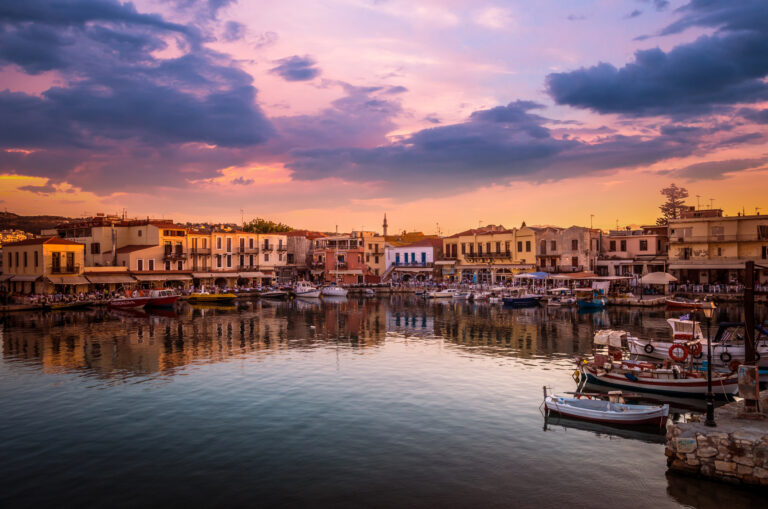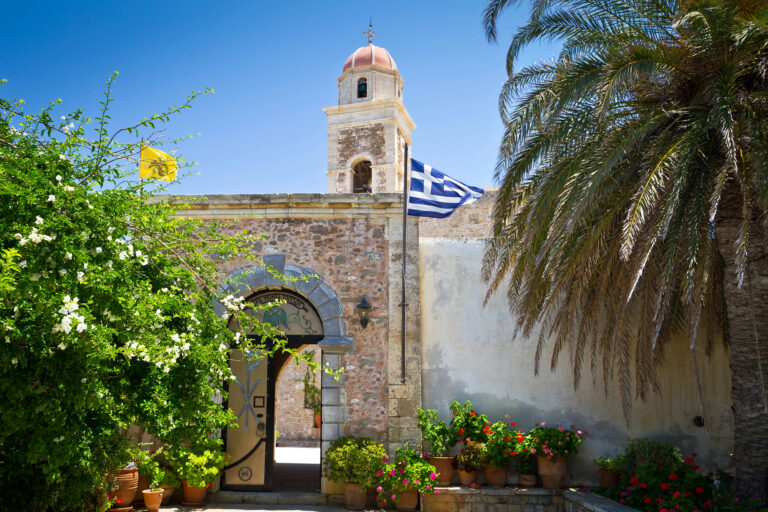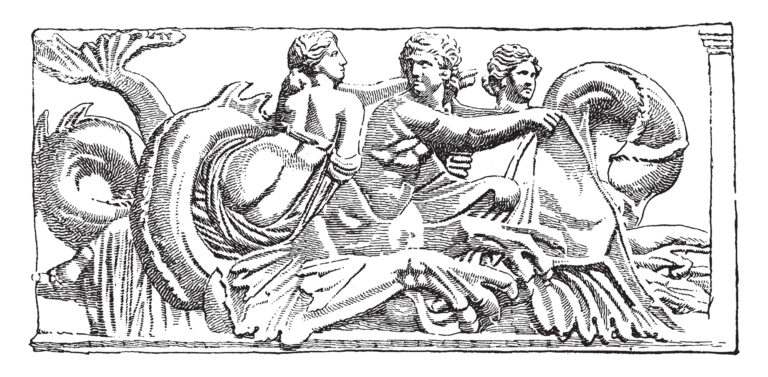The Legend of the Sacred Trees of Crete
Crete’s rich tapestry of mythology and folklore includes its sacred trees’ enchanting and profound legend. Historically, trees in many cultures, including Crete, have been revered, carrying significant symbolic and spiritual importance. In Crete, certain trees are enveloped in legends, often linked to ancient gods, religious rituals, and mystical phenomena, reflecting the deep connection between the Cretan people and their natural environment.
Understanding the Sacred Trees
- Historical and Cultural Context
- Ancient Worship: In ancient times, trees were often associated with gods and goddesses and were considered sacred in Greek and Minoan religions.
- Cretan Mythology: Specific trees in Crete are said to be the dwelling places of nymphs or the manifestations of deities.
- Types of Sacred Trees
- Olive Trees: The olive tree symbolises peace and prosperity and is deeply revered in Crete. Mythology often links it to Athena, the goddess of wisdom.
- Oak Trees: Ancient Greeks associated oak trees with Zeus, the king of the gods. In Crete, certain old oaks are considered sacred and believed to be protected by divine powers.
- Cypress Trees: Associated with the underworld and the afterlife, cypress trees in Crete have their legends, often connected to burial rituals and mourning.
Legends and Beliefs
- The Eternal Olive Tree of Vouves
- Mythical Significance: This ancient olive tree in Crete, believed to be thousands of years old, is shrouded in legends, with locals considering it immortal and protected by the gods.
- Historical Importance: The tree is a living witness to Crete’s history, symbolising resilience and endurance.
- The Oak of Zeus
- Sacred Site: A particular oak tree in Crete is said to be where Zeus was worshipped. It is often a site for modern pagan rituals and ceremonies, continuing its legacy as a sacred space.
- The Myrtos Trees and the Goddesses
- Divine Connection: Myrtos trees in Crete are linked to goddesses like Aphrodite and Demeter, embodying fertility, love, and agriculture.

Cultural Significance and Modern Interpretations
- Symbolism and Heritage
- Natural and Divine Harmony: The sacred trees symbolise the harmonious relationship between nature and the divine, integral to Cretan spiritual beliefs.
- Cultural Identity: These legends form part of the cultural identity of Crete, reflecting a deep respect for nature and heritage.
- Environmental Protection and Conservation
- Conservation Efforts: The reverence for these sacred trees has led to efforts to protect and conserve them, recognising their ecological and cultural value.
- Eco-spirituality: The sacred trees of Crete are increasingly seen through the lens of eco-spirituality, promoting environmental stewardship and respect for nature.
- Tourism and Education
- Tourist Attraction: The sacred trees attract visitors interested in mythology, nature, and spirituality, contributing to eco-tourism in Crete.
- Educational Value: These trees serve as natural educational tools, teaching about ancient religions, environmental conservation, and Crete’s natural history.
Conclusion
The legend of the sacred trees of Crete embodies the island’s rich spiritual and cultural history intertwined with its natural landscape. These trees are significant in ecological value and mirror Crete’s soul, reflecting its ancient traditions, religious beliefs, and deep reverence for nature. In contemporary times, they continue to inspire, educate, and remind us of the importance of preserving our natural and cultural heritage for future generations.
